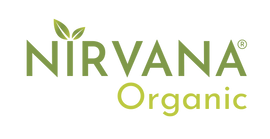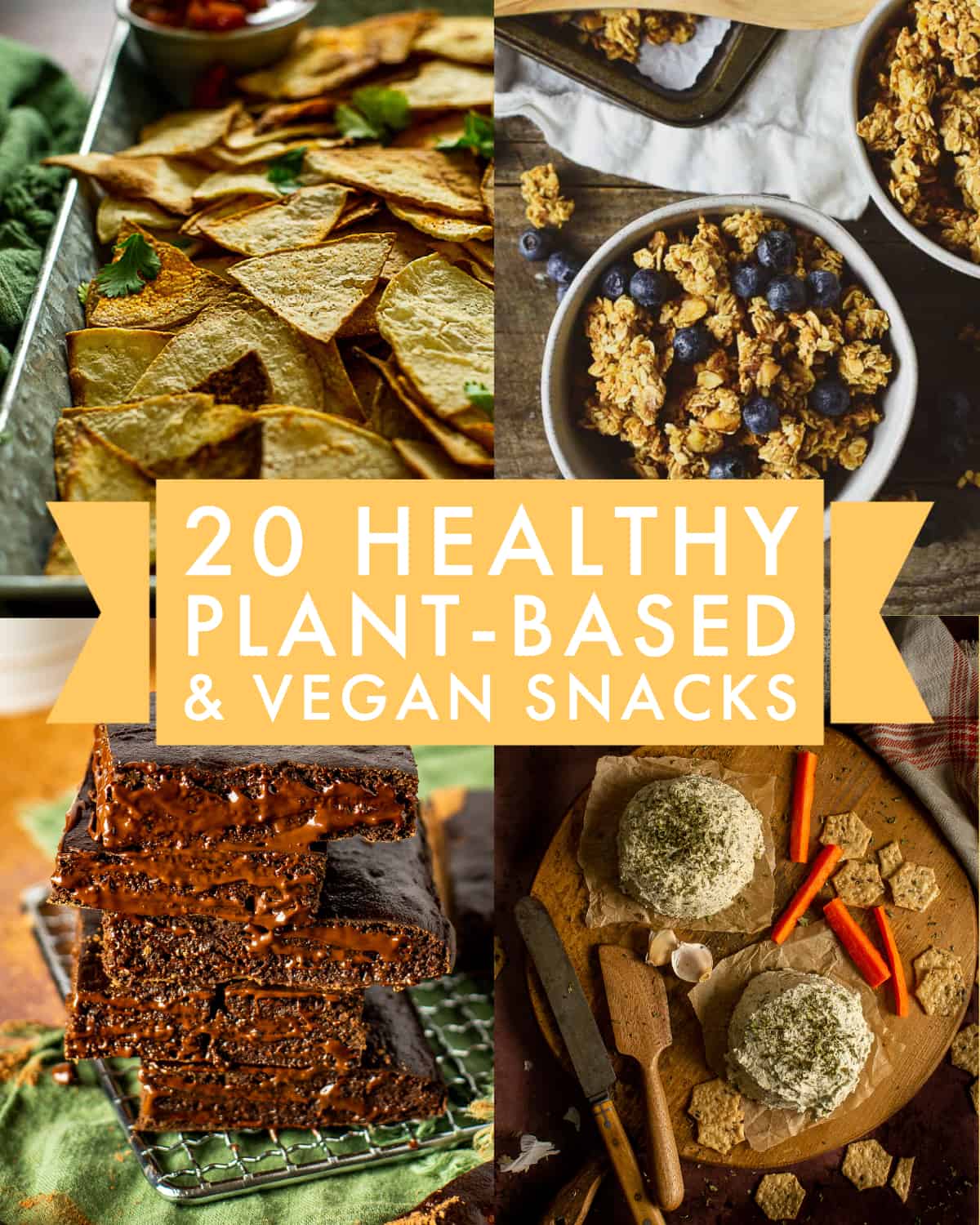Introduction
With the explosion of online shopping and the rising demand for organic products in 2025, it’s never been more important to know exactly what you’re buying. While “organic” labels are everywhere, not all claims are created equal. Some products may use misleading terms or fake certifications, making it tricky for even savvy shoppers to spot the real deal. This guide will help you confidently identify authentic organic certifications online, avoid greenwashing, and choose products that truly support your health and values.
Why Authentic Organic Certification Matters
-
Health Assurance: Certified organic products are grown without synthetic pesticides, fertilizers, or GMOs, ensuring safer and healthier choices for you and your family.
-
Environmental Impact: Authentic certification supports sustainable farming, soil health, and biodiversity.
-
Consumer Trust: Certification builds trust, protecting you from fraudulent or misleading organic claims.
-
Legal Compliance: Only certified products can legally be sold as “organic” in many markets.
Key Organic Certification Bodies and Logos
In India
-
Jaivik Bharat Logo: The unified organic food product logo by FSSAI, indicating compliance with Indian organic standards.
-
India Organic Logo: Issued under the National Programme for Organic Production (NPOP), signifying strict adherence to government norms.
-
PGS-India Logo: For products certified under the Participatory Guarantee System, mainly for domestic trade.
International
-
USDA Organic (USA): Recognized globally, ensures compliance with U.S. organic standards.
-
EU Organic (Europe): The green leaf logo for products meeting European Union organic regulations.
-
Other Notable Certifiers: INDOCERT, ICOCA, and QAI (Quality Assurance International).
How to Verify Authentic Organic Certification Online
1. Look for Official Certification Logos
Authentic organic products must display a recognized certification seal on their packaging and product images. For Indian products, check for the Jaivik Bharat, India Organic, or PGS-India logos. For international products, look for USDA Organic or EU Organic seals.
2. Check for Certifying Agency Details
A genuine organic label will include:
-
The name of the certifying body (such as INDOCERT, USDA, FSSAI)
-
A certification or license number
-
Sometimes, a QR code for traceability
You can visit the certifier’s website and enter the certification number to verify the product’s authenticity.
3. Scrutinize the Ingredients List
Authentic organic products list organic ingredients clearly. For single-ingredient products, look for “100% Organic.” For multi-ingredient products, labels like “Certified Organic” or “Made with Organic” indicate the percentage of organic content. In India, at least 95% of ingredients must be organic to use the “Certified Organic” label.
4. Use Online Certification Databases
In India, the Indian Organic Integrity Database allows you to verify producers, certification systems, and product authenticity online. Internationally, most certifying bodies maintain searchable databases for consumers.
5. Check for QR Codes and Digital Traceability
Many leading organic brands now include QR codes on their packaging. Scanning these codes provides detailed information about the product’s origin, certification, and journey from farm to table. This is a hallmark of transparency and authenticity.
6. Review Product Descriptions and Brand Transparency
Reputable online sellers provide detailed descriptions of their organic certification, sourcing, and production methods. If the information is vague or missing, be cautious.
7. Look for Third-Party Reviews and Social Proof
Authenticity is reinforced by positive user reviews, ratings, and social media mentions. In 2025, platforms that showcase verified reviews and ratings are prioritized by search engines and help build trust.
Key Features of Authentic Organic Certification
| Feature | What to Look For | Why It Matters |
|---|---|---|
| Certification Logo | Jaivik Bharat, India Organic, USDA, EU Organic | Indicates recognized certification |
| Certifying Agency Name/Number | Clearly listed on packaging/website | Enables independent verification |
| Ingredients List | “100% Organic,” “Certified Organic,” or “PGS-Organic” | Shows compliance with organic standards |
| QR Code/Traceability | Scannable code for supply chain info | Enhances transparency |
| Database Verification | Can be checked on official certifier websites | Confirms legitimacy |
| Detailed Product Info | Clear sourcing, certification, and process details | Reduces risk of fraud |
Common Red Flags: Spotting Fake or Misleading Organic Claims
-
Missing or Unclear Certification Logos: If a product claims to be organic but lacks official logos or certification numbers, it’s a warning sign.
-
Vague Language: Terms like “natural,” “eco-friendly,” or “chemical-free” are not the same as “certified organic” and are not regulated.
-
No Traceability: Lack of QR codes, certifier details, or database listings should raise suspicion.
-
Unverifiable Certifiers: Some brands may invent logos or use obscure certifiers not recognized by national or international authorities.
-
Overly Low Prices: Genuine organic products often cost more due to rigorous certification and higher-quality sourcing. Prices that seem “too good to be true” should be approached with caution.
Tips for Shopping Organic Online with Confidence
-
Always Check for Certification: Don’t rely on product titles or descriptions alone—look for visible logos and certifier details.
-
Verify Certification Numbers: Use certifier websites or official databases to cross-check certification numbers.
-
Read the Fine Print: Authentic products clearly state their organic status in the ingredients list and product description.
-
Prefer Transparent Brands: Brands that openly share their sourcing, certification, and traceability processes are more trustworthy.
-
Use Trusted Platforms: Shop from reputable online marketplaces and brand websites known for quality control.
-
Ask Questions: If in doubt, contact customer service and request certification details or supporting documents.
Conclusion
Shopping for organic products online doesn’t have to be a gamble. By learning to spot authentic organic certifications—looking for official logos, certifier details, traceability features, and using online databases—you can confidently choose products that are truly organic, healthy, and environmentally responsible. As the organic market grows in 2025, your knowledge is your best tool for making smart, ethical, and safe choices for yourself and your family.



